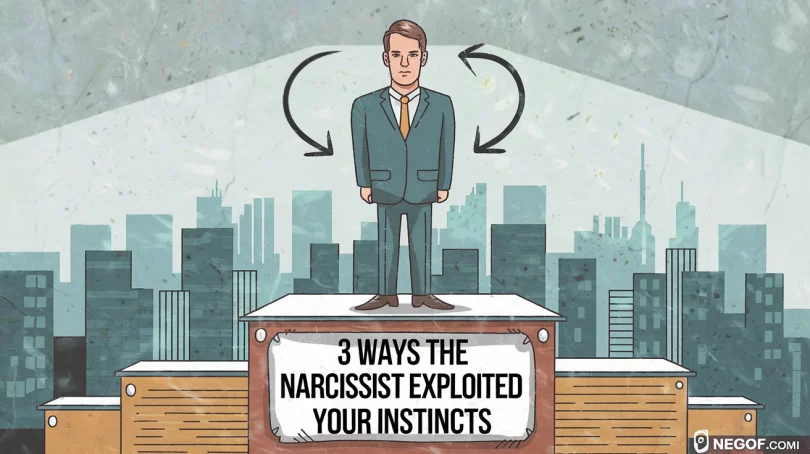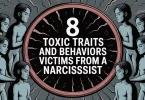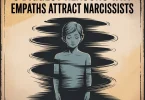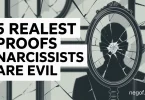If you’ve ever felt trapped in a relationship you knew was hurting you, you’re not alone. It’s not just about the trauma bond, though that’s a significant part of it. There’s an entire system at play, weaving together survival instincts, emotional wounds, and manipulation to keep you stuck. In this post, we’ll explore three ways narcissists hijack your instincts and rewrite your responses, making it feel impossible to leave. By the end, you’ll understand why it was never about weakness and how to reclaim your power.
1. Hijacking Your Survival Instincts: The Freeze and Fawn Response
When a relationship starts to feel unstable, when the connection that once felt solid becomes shaky, your nervous system doesn’t immediately tell you to run. Instead, it urges you to patch things up, to smooth over the cracks and restore peace. When fight or flight feels impossible, your survival instincts shift to two other responses: freeze or fawn.
- Freeze: You shut down, hoping the threat passes without drawing attention.
- Fawn: You scramble to fix things, adapting and appeasing to restore stability.
These responses aren’t conscious choices; they’re your nervous system reacting faster than your mind can process. For example, when a narcissist makes a cruel joke at your expense or gives you the silent treatment over something trivial, you might brush it off on the surface. But underneath, your system registers the damage, kicking into high gear to patch the emotional crack.
These moments aren’t isolated. They touch deeper fears of humiliation, abandonment, or insignificance. Your survival instincts push you toward relief, even if it’s temporary and comes from the person causing the pain.
In a narcissistic relationship, freeze and fawn can look like patience, loyalty, or giving someone the benefit of the doubt repeatedly. It’s not about agreeing with the harm, it’s your nervous system prioritizing connection over confrontation.
Related Topics:
What is NARCISSIST ABUSE? Everything you need to know!
7 Ways Narcissists Trick You Into Trusting Them
What happens when two narcissists get together?
2. Emotional Conditioning: Reinforcing Survival Patterns
Freeze and fawn responses don’t appear out of nowhere. They’re survival strategies were learned early, often in environments where love was unpredictable, tied to guilt, withdrawal, or criticism. If you grew up smoothing over cracks to feel safe, your nervous system defaults to those patterns when a relationship feels unstable.
Polyvagal theory explains this process. Your nervous system has different “settings” based on safety or threat:
- Social Engagement System: When you feel safe, you’re curious, open, and able to think clearly.
- Survival Mode: When safety is threatened, your system shifts automatically into fight, flight, freeze, or fawn.
When connection feels tied to survival, freeze and fawn become go-to responses. You shut down, appease, or rationalize to patch the damage, telling yourself the relationship is still worth saving. Over time, the longer you live in this survival statepatching, hoping, and minimizing, the more invisible the damage becomes. You’re no longer just surviving moments; you’re surviving the relationship itself.
3. The Trauma Bond: Tying Survival to the Source of Pain
The deepest hijack happens when a trauma bond forms. A trauma bond develops when the person hurting you also offers moments of relief. They cause the cracks, then provide just enough kindness to make you believe things can be whole again. This creates an emotional whiplash, tying connection and danger together.
This pattern mirrors addictive behaviors, like gambling or scrolling social media, where intermittent reinforcement, random bursts of kindness, keep you hooked. Your nervous system, wired for survival, starts chasing those tiny patches of relief, making it hard to imagine walking away. Leaving feels like losing the only thing holding you together.
Logic alone can’t break this cycle. You might see the lies and feel the cracks widening, but your nervous system prioritizes survival over clarity. It’s not about weakness, it’s about hope, fear, and emotional conditioning wiring you to stay connected to the source of your pain.
Why Logic Isn’t Enough
Once a trauma bond takes hold, knowing the truth isn’t enough. You can list every betrayal, predict the next blow, and tell yourself you deserve better, but survival feels more urgent than logic. Your brain isn’t working with clear evidence anymore, it’s chasing toxic hope and patching a cracked foundation.
Survival isn’t about thriving; it’s about holding the pieces together, even if you’re breaking underneath. Until you feel safe enough to stop mistaking patchwork for healing, your nervous system will keep pulling you back, no matter how much you know better.
You Weren’t Weak, You Were Wired for Survival
The truth is, you weren’t weak for staying. Freeze, fawn, and the trauma bond aren’t signs of failure; they’re proof your nervous system was doing what it was trained to do: protect you. But survival doesn’t have to be the end of your story.
Healing isn’t about punishing yourself for how you coped. It’s about helping your system feel safe enough to stop patching what’s broken and start building something stronger. This takes more than insight; it requires step-by-step rewiring through new experiences of safety, clarity, and self-trust.







Leave a Comment